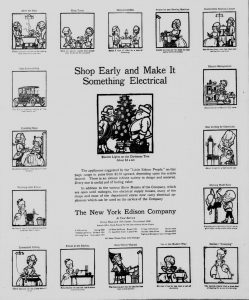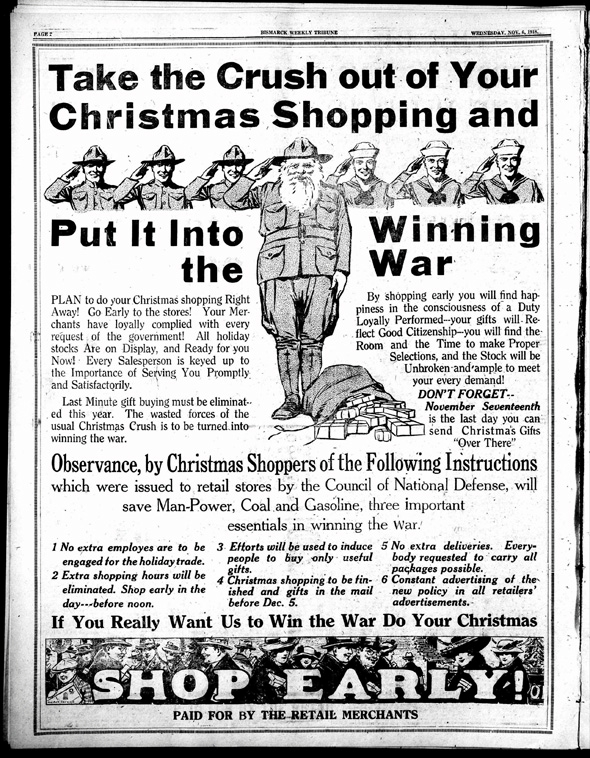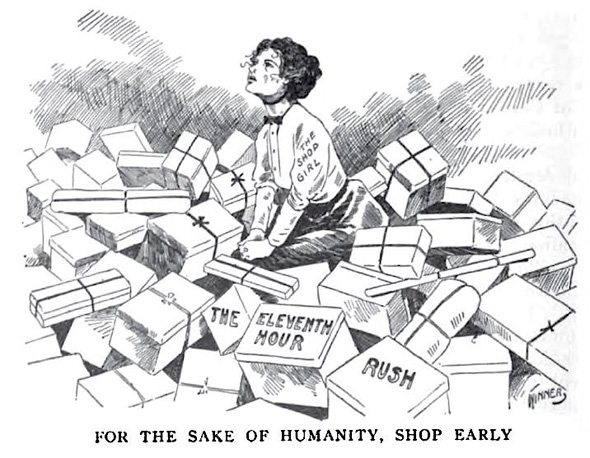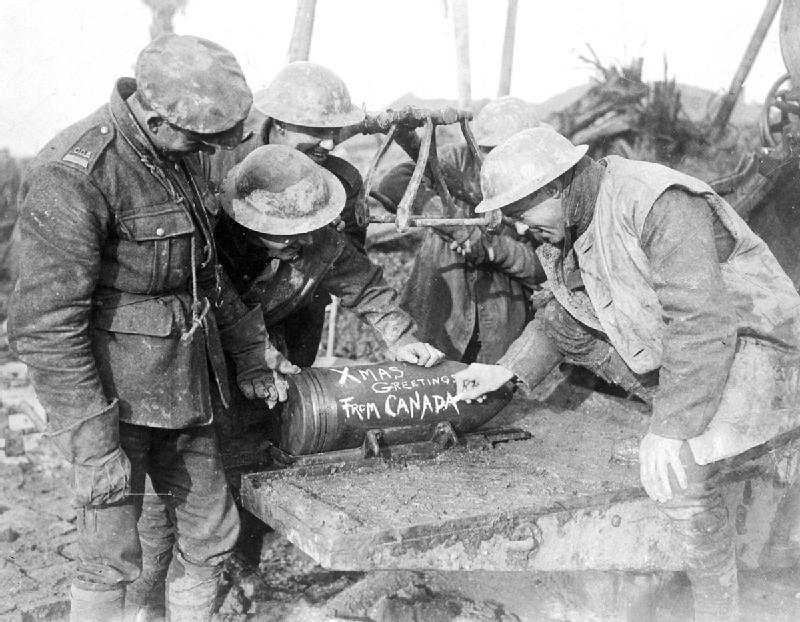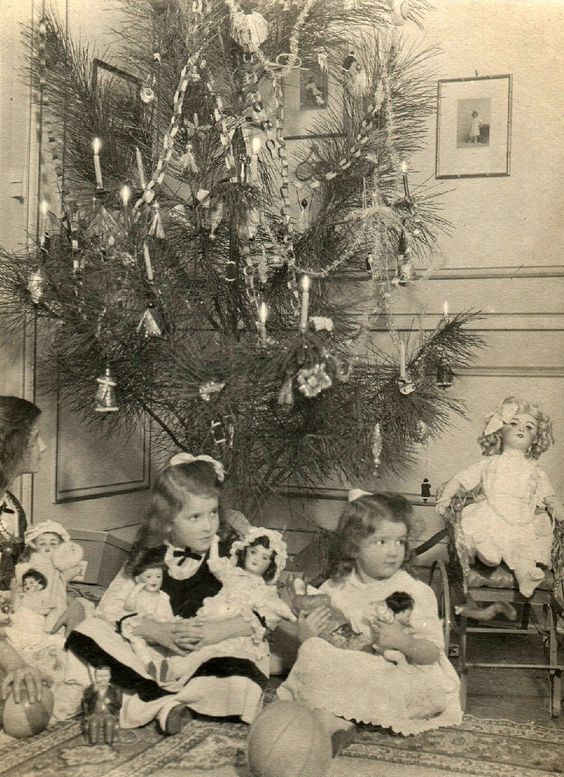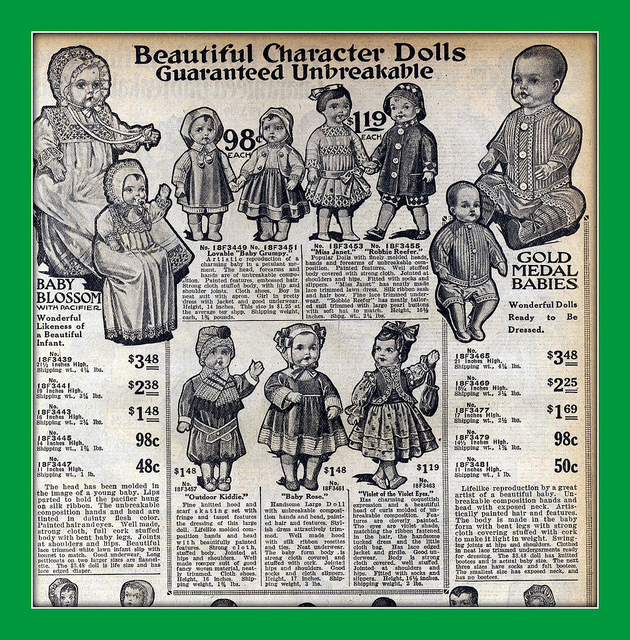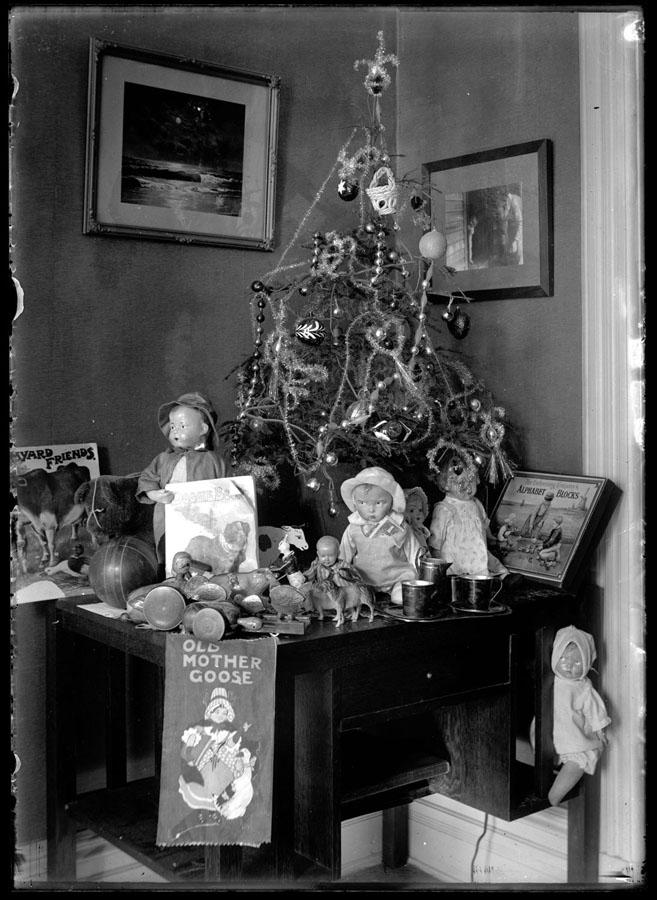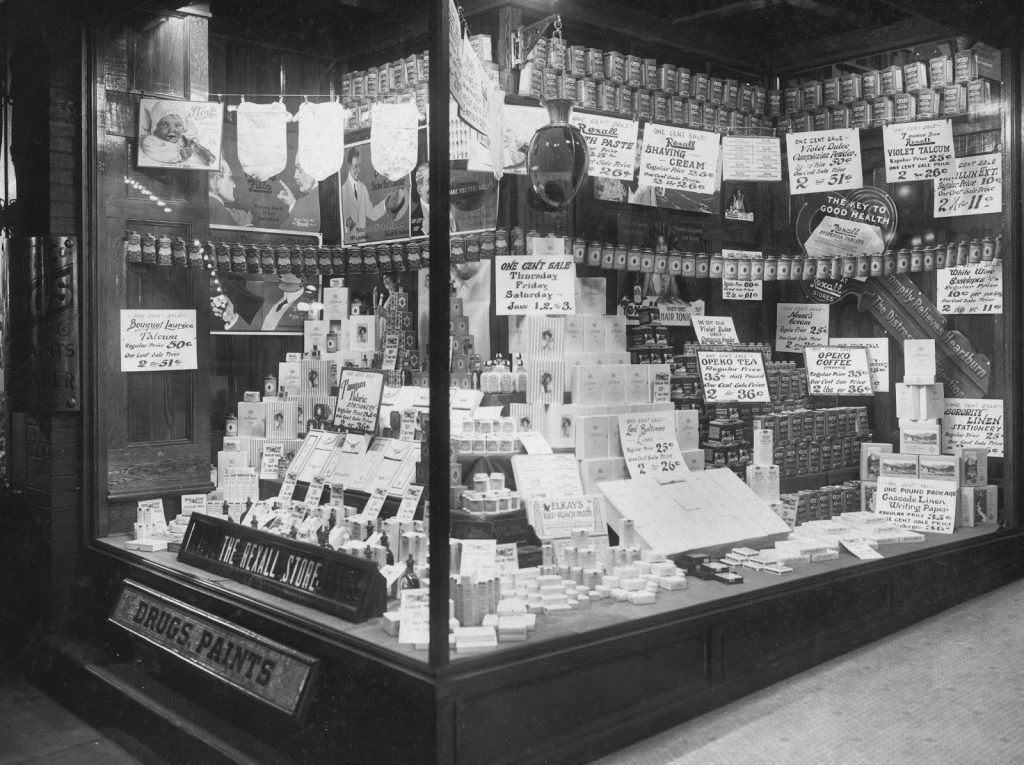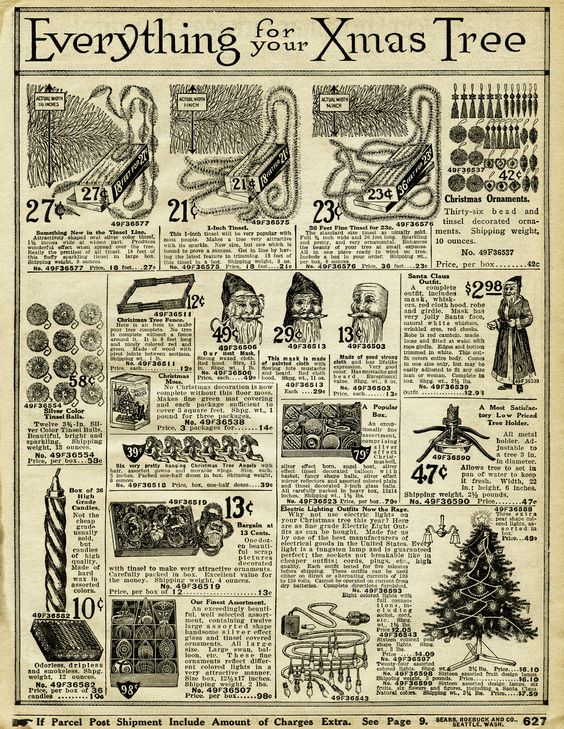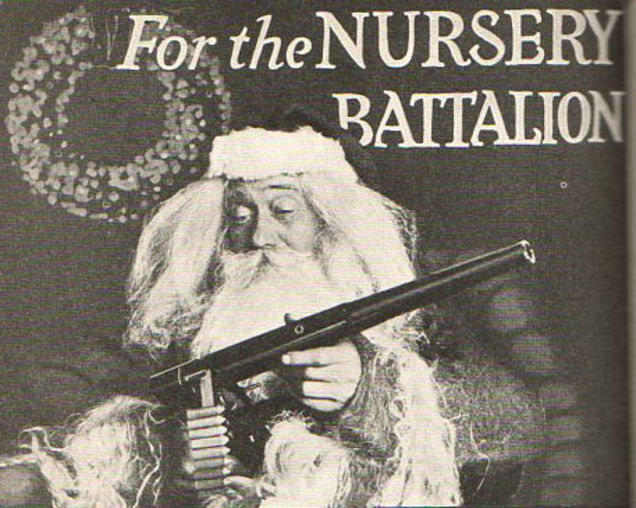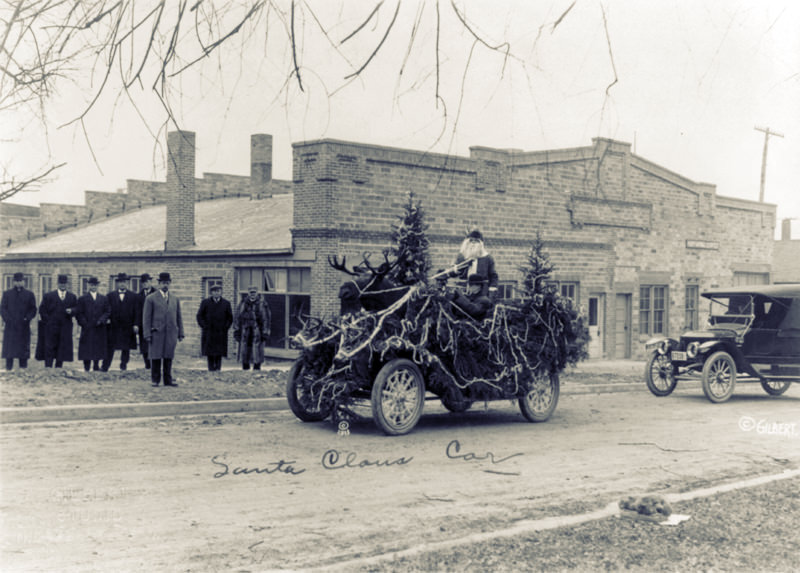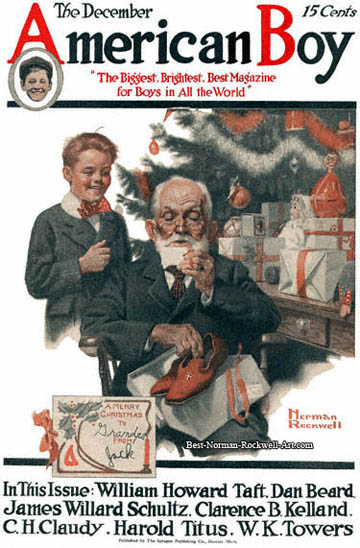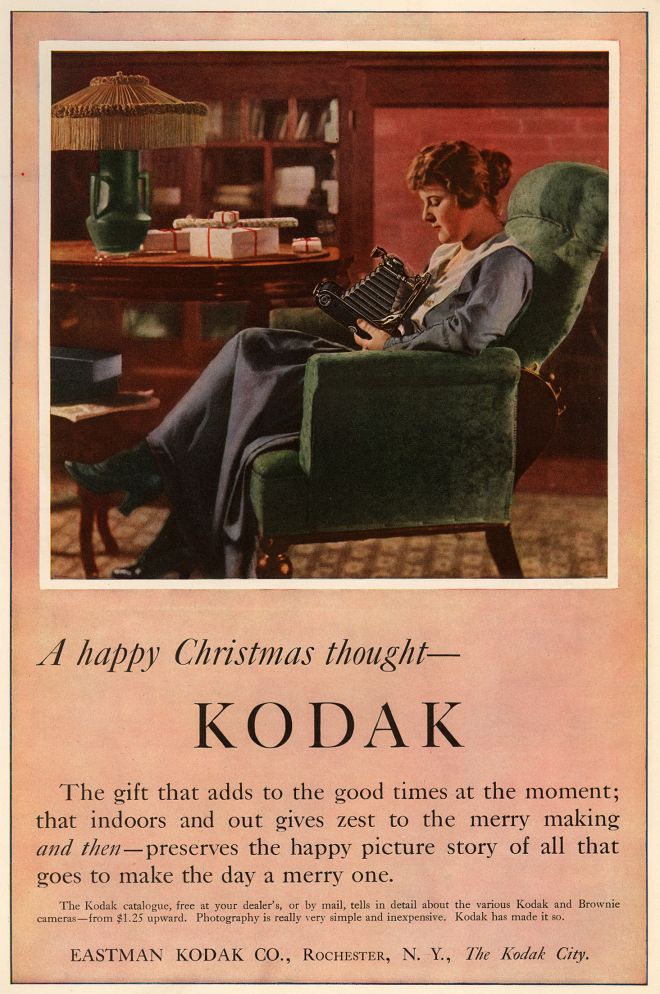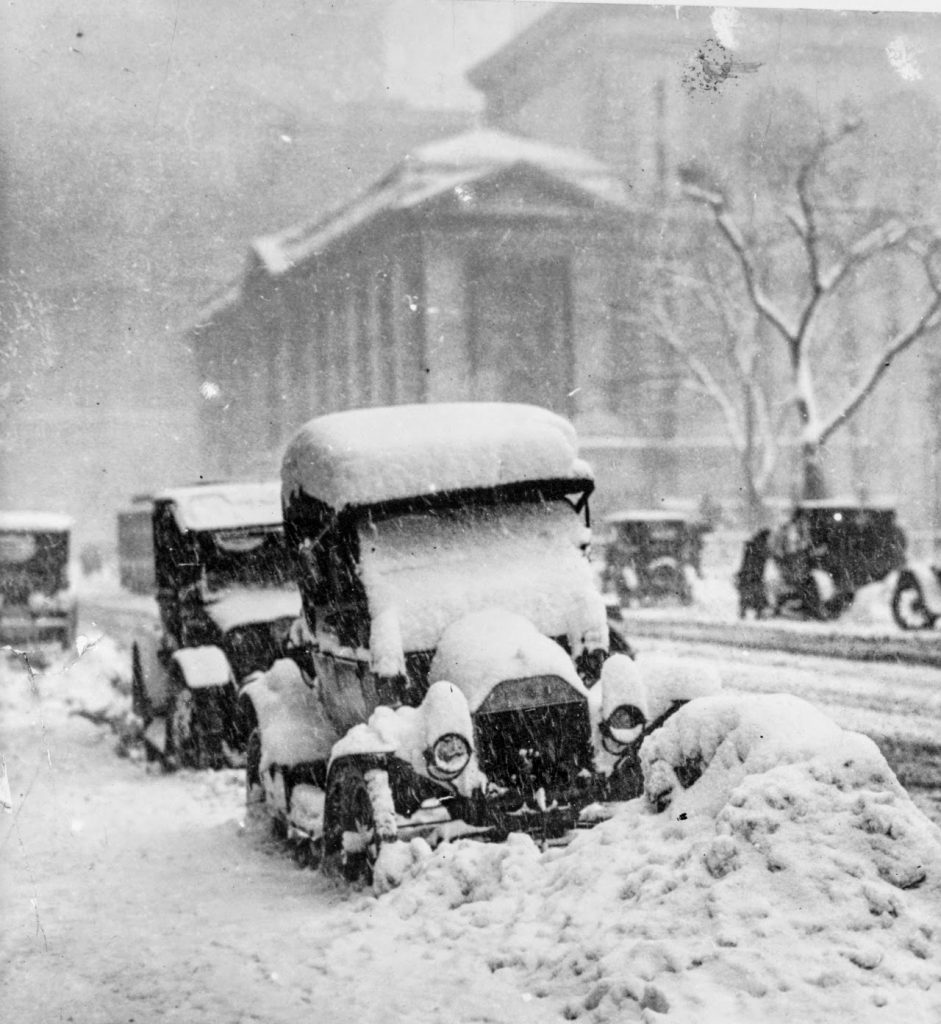We tend to think of Christmas much the same year after year. We listen to many of the same songs, we watch the same movies, we eat the same stuff and we do many of the same things that we have always done. We cling to Christmas traditions faithfully.
But a look back in time separates the celebration of Christmas for us in many ways. Christmas 100 years ago has many similarities to Christmas today – and yet it was so very different.
After all, there was no White Christmas, no Rudolph, and no Bing Crosby in 1916. Hard to imagine it, isn’t it?
There are other things that influence our celebrations of Christmas that set them apart over time, too — things like technology (not a single video game was sold in 1916). Technology in 1916 nearly makes Christmas indistinguishable compared to today. For example, here is a newspaper ad explaining the benefits of electric appliances of all types and how they could be purchased as Christmas presents:
From toasters to reading lamps to curling irons the world had no idea that electricity would change the world of Christmas gift giving.
In fact, lighting the Christmas tree in the home was not yet a common practice in 1916. This ad shows Christmas lights being available for a cost of about $3. But $3 dollars in 1916 is equivalent to about $80 dollars today – a bit of an extravagance.
The year 1916 was no time for extravagant living. This was the middle of the Great War, World War I. And 1916 was a particularly brutal, bloody year. Nearly everything in society was centered around the war effort – including Christmas.
In fact, the government mandated that Christmas shopping be done early – to support the war effort:
Retailers, of course, spared no expense in spreading the word. If you didn’t shop early, you were hurting more than just the boys fighting overseas:
Christmas at war in Europe provided images that would become common a generation later in World War II. It’s just that images were harder to come by in 1916:
For as much as these images make Christmas look different there are just as many that show Christmas exactly the same. Take, for example, this image of two little girls by the Christmas tree:
The tree – while it has no lights – does have garland and ornaments. And clearly these girls are enjoying a Christmas morning with a richly blessed abundance of the latest dolls. Those dolls might have been purchased due to ads like this one:
Christmas morning in 1916 might look slightly different now than it did 100 years ago. Christmas trees were smaller and the spread was more, well, frugal:
Christmas shopping was not done in a mall in 1916 – malls didn’t exist yet (and they may not exist many years from now either). Typical Christmas shopping was done at downtown five-and-dime stores, like this Rexall Drug store in an American Midwest city of 1916:
While most homes were decorated with hand-made items by 1916 stores were doing great business in selling Christmas decorations:
Santa was very popular in 1916. In fact, he was often used to sell almost anything. Look at this ill-advised advertisement of Santa hawking a rifle:
Community displays of Christmas and Santa were not uncommon in 1916. Just as now there were parades, in 1916 Santa rode in a vehicle like this:
From pop culture is an interesting note from 1916. This magazine cover was painted by an up-and-coming new artist in 1916 by the name of Normal Rockwell. In later years his work would be featured in the Saturday Evening Post and Rockwell would go on to become one of the most prolific artists of the 20th Century. But in 1916 he was a relative unknown:
Much of the photography featured here comes from newspaper archives. The idea of photography at home was not new in 1916 but the buying public had yet to be convinced they could do it, as evidenced by this ad from 1916 by Eastman Kodak (read the small print at the bottom):
Christmas in the city had issues we can certainly related to. This image from 1916 in New York shows that car and snow didn’t mix any better then than now:





